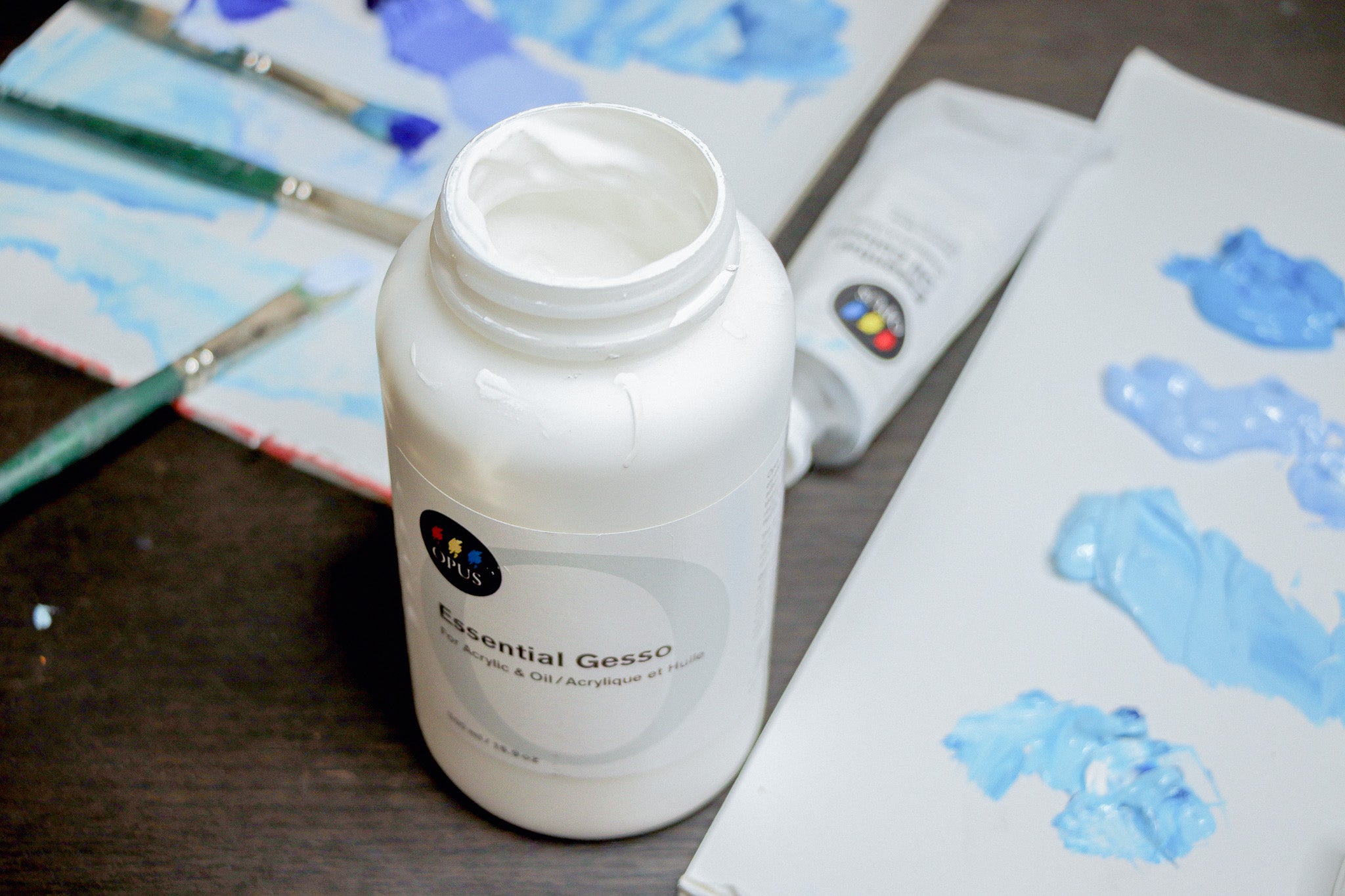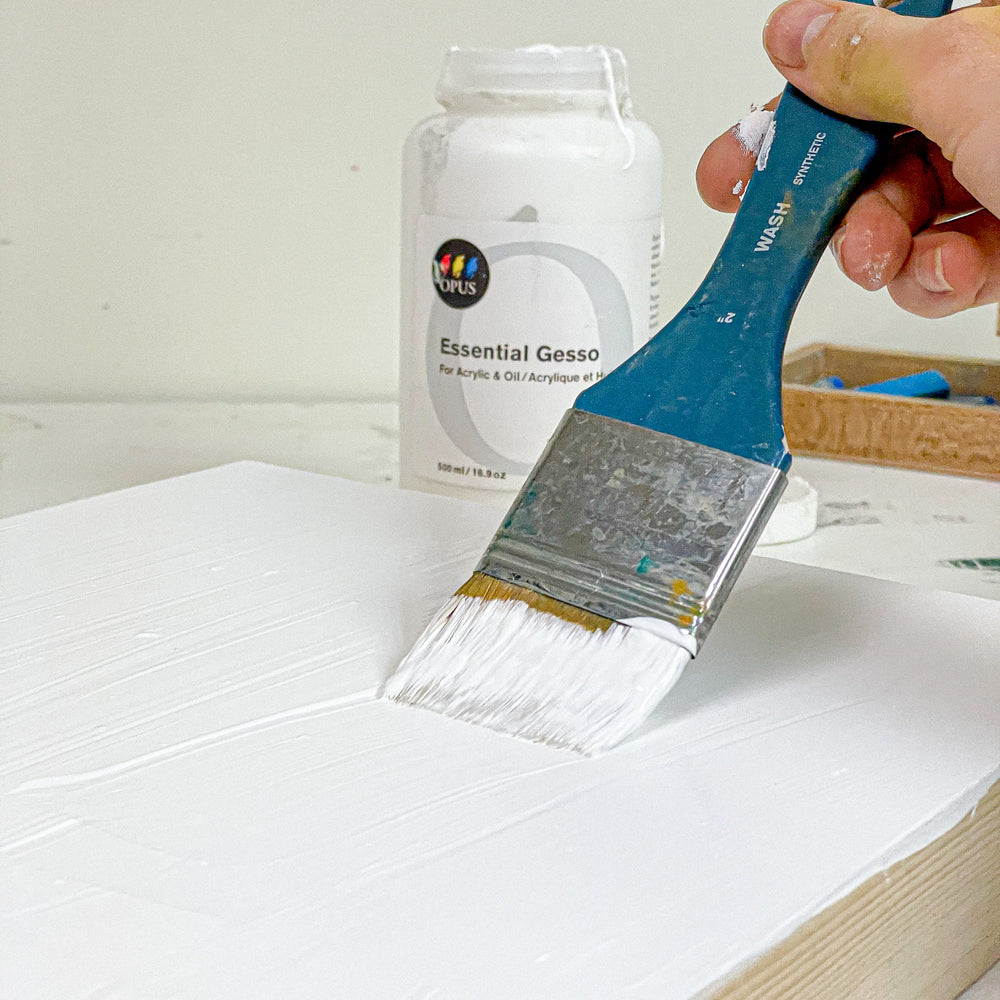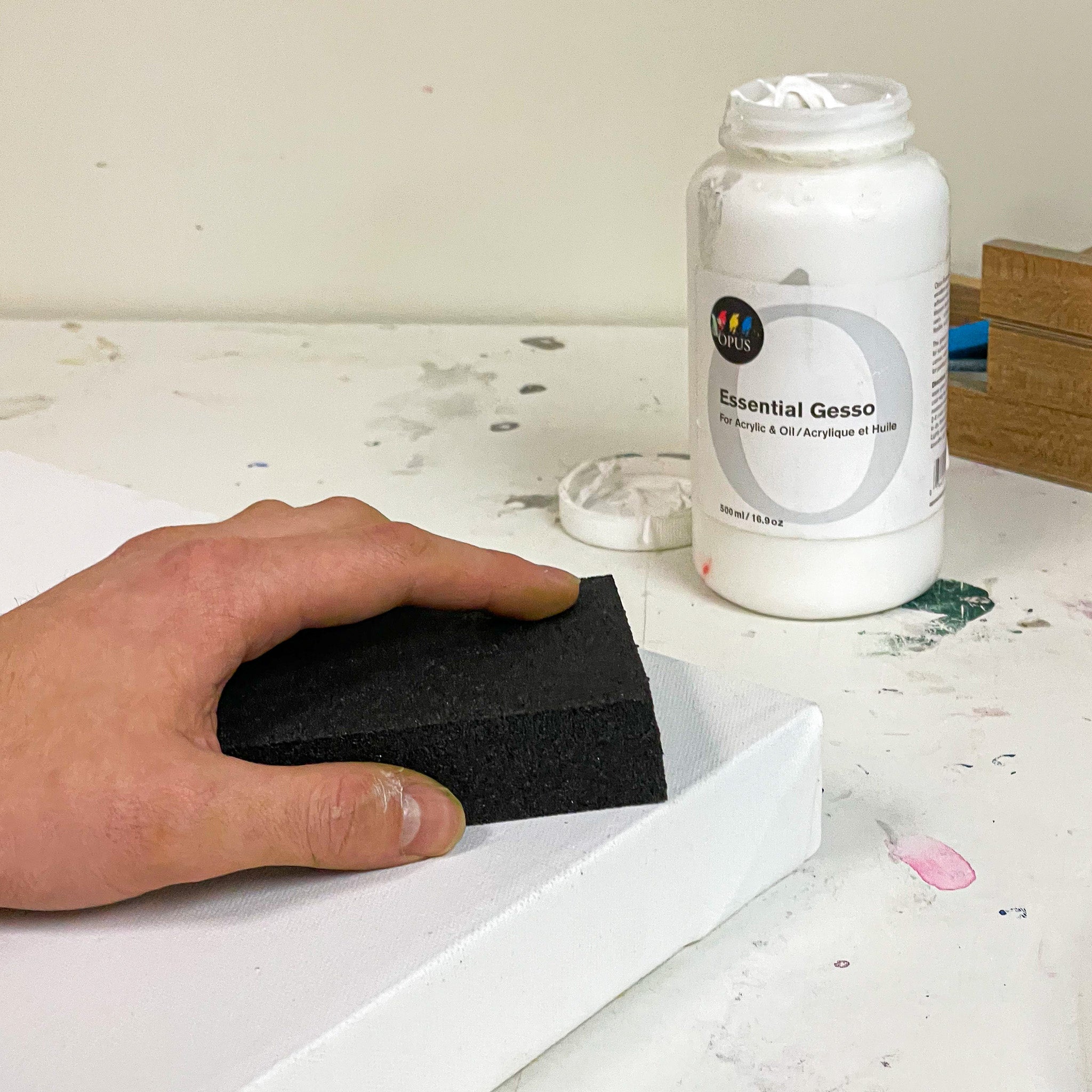"To get the most out of oil painting, you need to start with a great surface."

Oil painting is a classic art form that has been around for centuries. It is a versatile medium that allows artists to create stunning works of art that can last for generations. However, to get the best results from your oil painting, it is important to properly prep your surface. In this guide, we will walk you through the steps to prep your surface for oil painting.
Step 1: Choose Your Surface
The first step in prepping your surface for oil painting is to choose the right surface. You can use a variety of surfaces for oil painting, including canvas, wood, and paper. Canvas is the most popular surface for oil painting because it is durable and flexible, but wood and paper can also be used.

Step 2: Prime Your Surface
If you are choosing a panel or canvas, you will need to prime it with a base coat of gesso. Some panels and canvas come pre-primed with a couple layers of Gesso but most times you will benefit from additional layer(s) of Gesso. Gesso is a mixture of acrylic polymer and white pigment that creates a smooth, porous surface that is ideal for painting. Apply a thin layer of gesso to your surface using a brush, and allow it to dry completely before applying a second coat. Many different brands offer gesso, stick to a brand you like or try something new!

Step 3: Sand Your Surface
After the gesso has dried, you will need to sand your surface with fine-grit sandpaper. Sanding will smooth out any rough spots and create a surface that is ideal for oil painting. Be sure to wipe away any dust or debris with a clean, dry cloth before moving on to the next step.
Step 4: Apply Additional Layers of Gesso
If you want a smoother surface for your oil painting, you can apply additional layers of gesso after sanding. We recommend 2-4 layers. Be sure to allow each layer to dry completely before applying the next layer. You can also tint your gesso with a small amount of acrylic paint to create a coloured ground for your oil painting or use Holbein Coloured Gesso.

In conclusion, prepping your surface for is not difficult but does require some planning to accommodate for drying time. By following these steps, you can create a surface that is smooth, porous, and the perfect support for oil painting.


